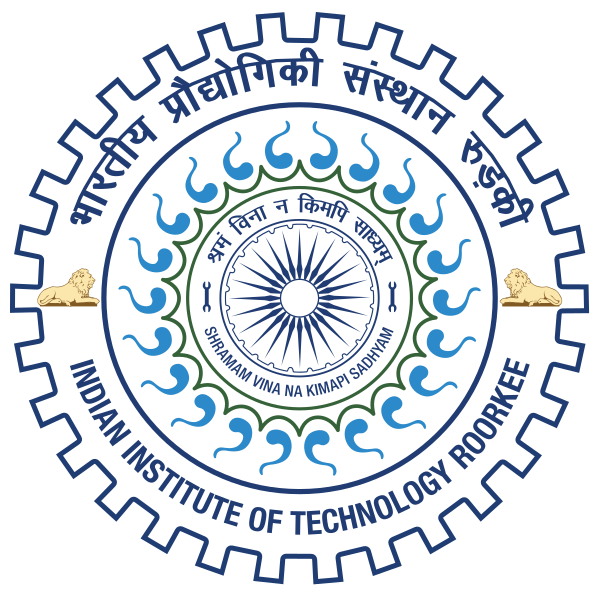Please use this identifier to cite or link to this item:
http://localhost:8081/jspui/handle/123456789/16003| Title: | MODELLING AND EXPERIMENTAL VALIDATION OF NEAR DRY EDM |
| Authors: | Joshi, Tushar |
| Keywords: | Rotary Tool Near Dry EDM;Material Removal Rate (MRR);Tool Wear Rate (TWR);ANSYS Fluent Multiphysics 19.0;Inter Electrode Gap (IEG);Holes |
| Issue Date: | Jun-2019 |
| Publisher: | IIT ROORKEE |
| Abstract: | The Electrical Discharge Machining process is used widely for making tools, dies, deep hole drilling, metal disintegration machining and close loop manufacturing. Material removal in EDM takes place due to thermal erosion as a result of discrete repeated discharges that take place between the tool and the work piece. A dielectric fluid plays a significant role on the machining efficiency of Electric discharge machining (EDM). On the basis of number of phases involved in dielectric fluid EDM process can be categorized. Two phase (liquid-air) dielectric medium is utilized in near-dry (EDM). It is an environmentally friendly process. In near dry EDM the dielectric medium is in the form of vapour or mist bubble. According to the research work done as of yet, flushing after machining depths more than 10mm has been one of the short comings of the process. Debris reattachment to tool causes side sparks leading to poor quality characteristics or outcomes of process like hole overcut. The main objective of this study was to come out with solutions to enhance the flushing of IEG and thereby improve MRR, reduce hole overcut and study tool wear rate. For this purpose flow characteristics of bi-phase mixture in IEG and its vicinity was simulated using ANSYS fluent 19.0 where inlet conditions namely, air pressure and liquid flow rate were altered along with three different geometries of tool electrode. Results of simulation indicated that tool geometry with helical flutes was most effective for deep holes since it provided maximum velocity in IEG (392m/s) with velocity vectors pointing out of drilled holes, tool with peripheral slots was also effective with high pressure and high liquid flow rate. Further experimental results pointed out that MRR was highest when tool with helical flutes were used, although hole over cut was minimum with tool having peripheral slots and it was concluded by ANOVA that tool geometry was of utmost importance to control MRR and TWR but had minimal effect on hole overcut while pressure is most influencing flow parameter to control hole overcut. |
| URI: | http://localhost:8081/xmlui/handle/123456789/16003 |
| metadata.dc.type: | Other |
| Appears in Collections: | MASTERS' THESES (MIED) |
Files in This Item:
| File | Description | Size | Format | |
|---|---|---|---|---|
| G29298.pdf | 13.04 MB | Adobe PDF | View/Open |
Items in DSpace are protected by copyright, with all rights reserved, unless otherwise indicated.

